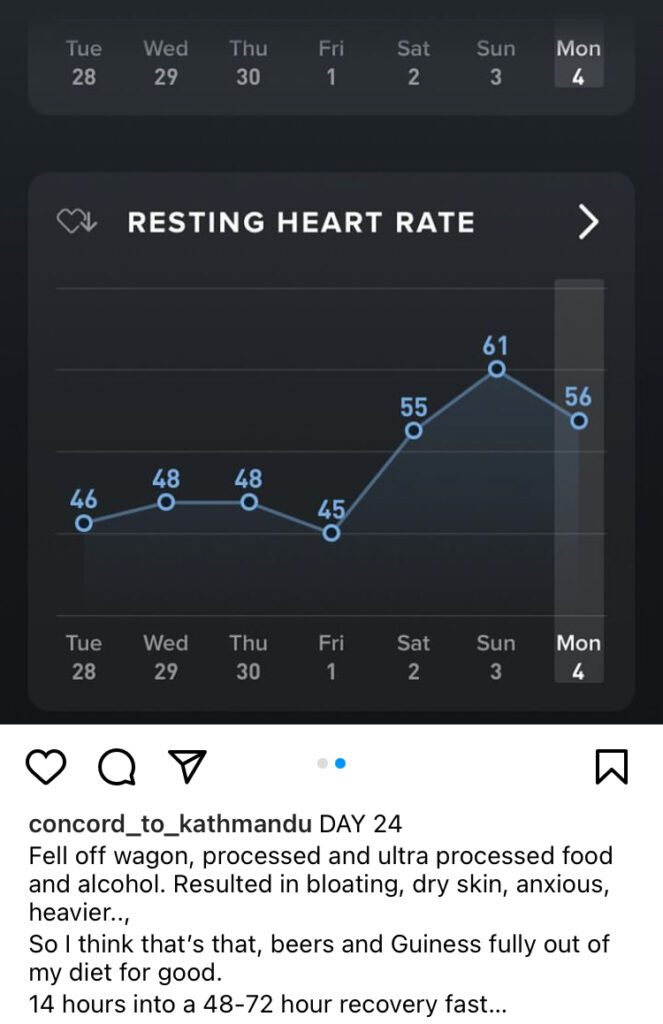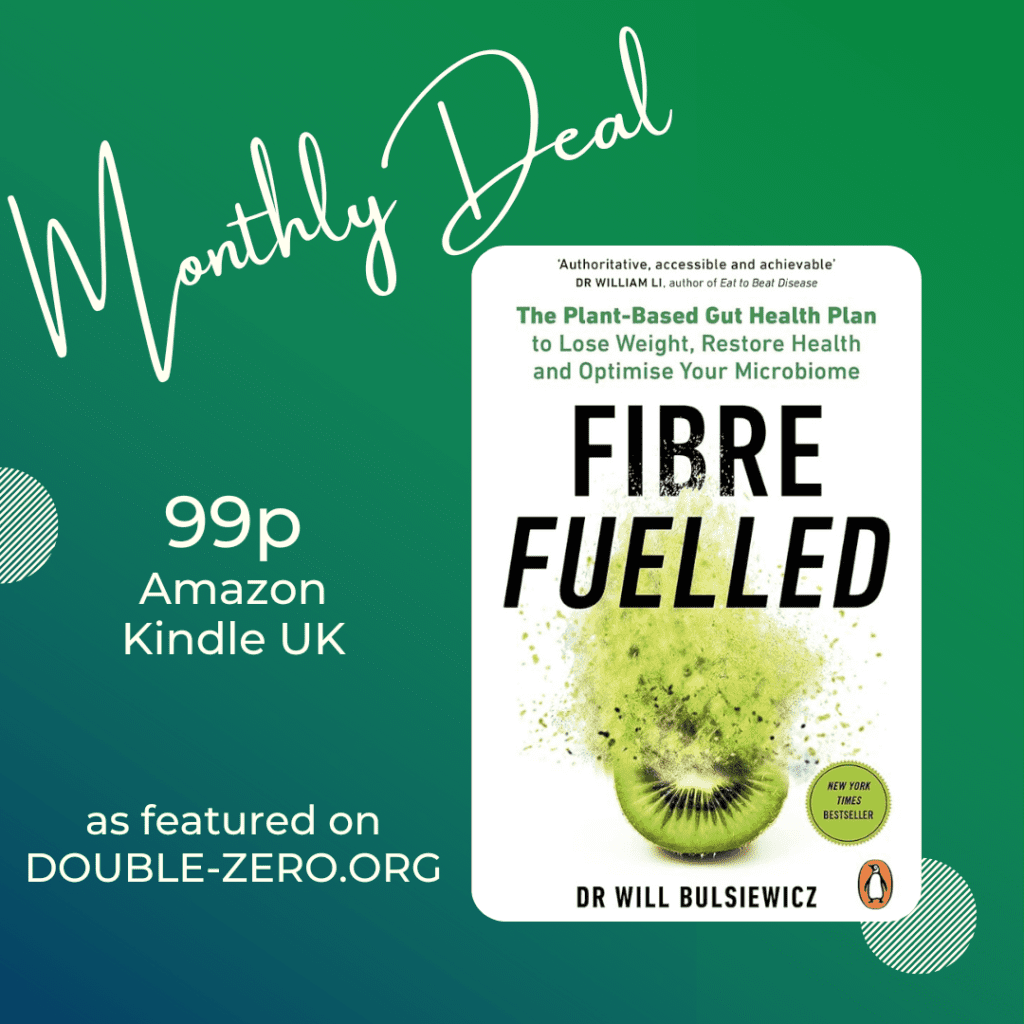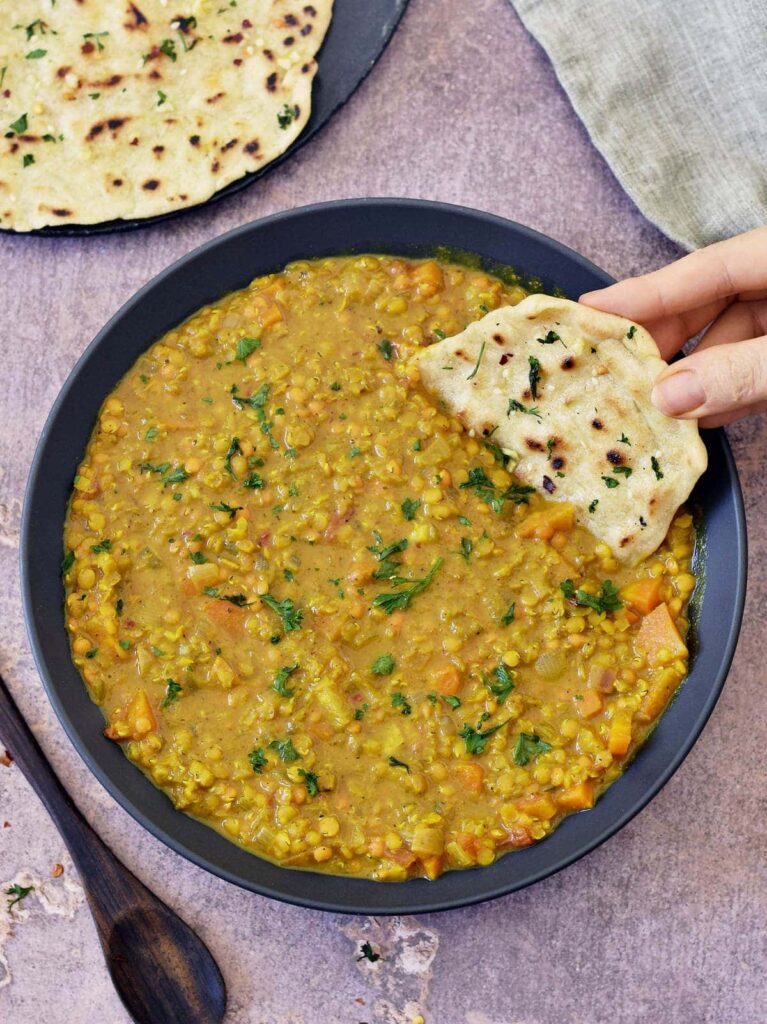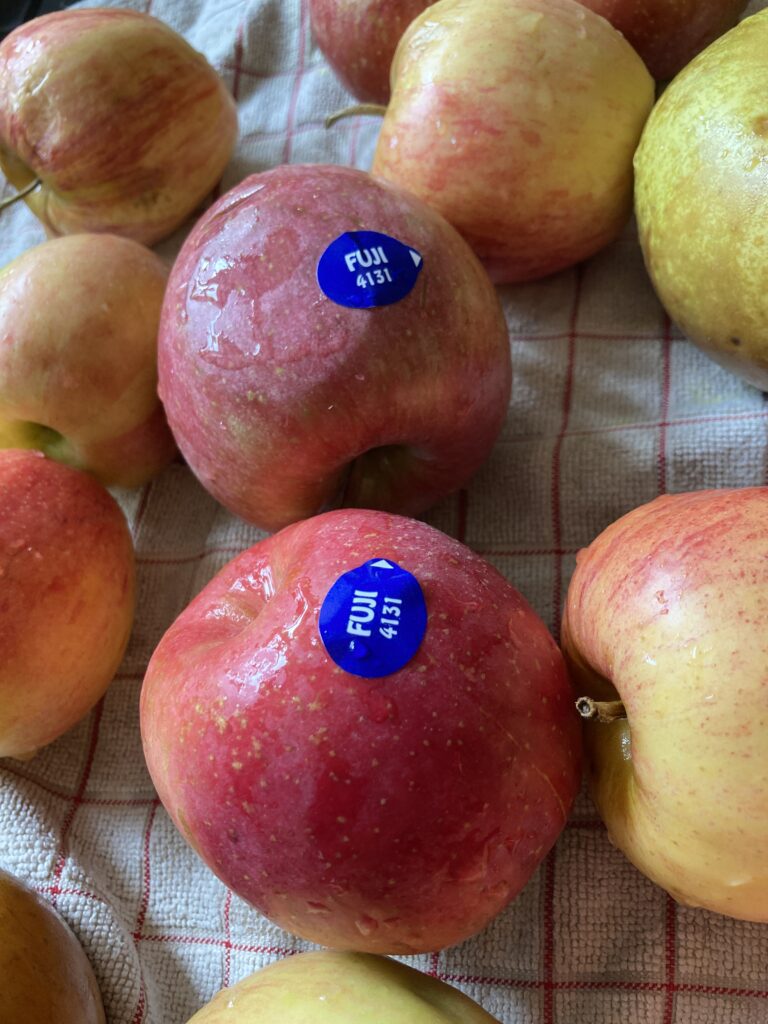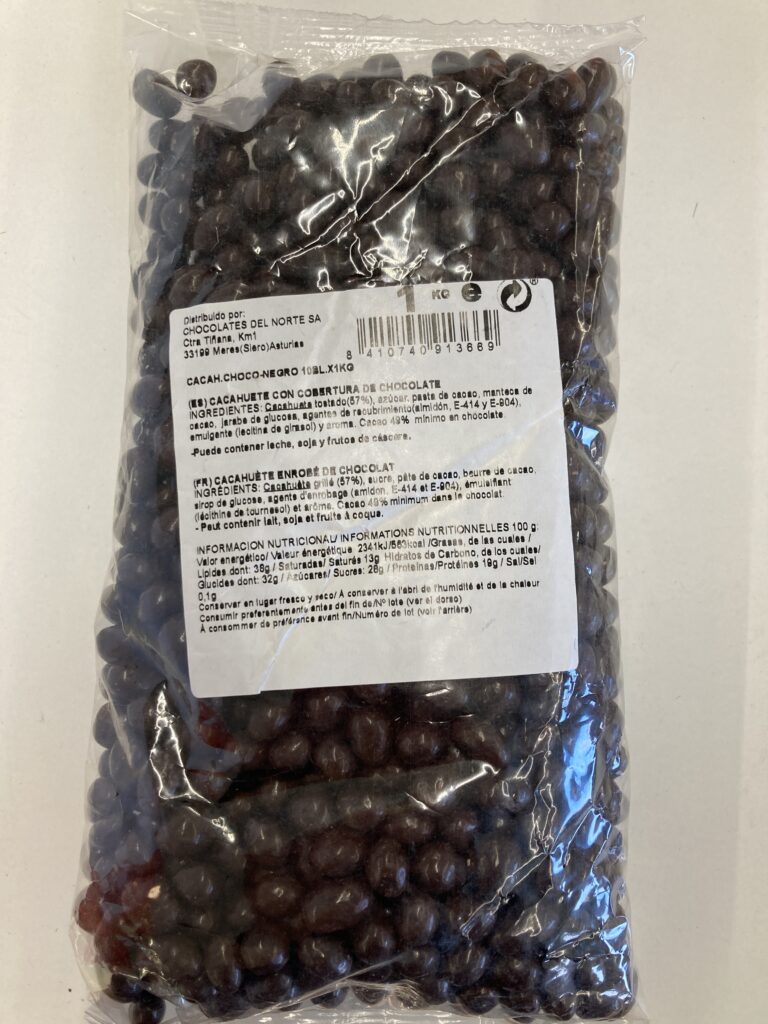Really? Yep, a good quality coffee gives you a heap of health benefits. 1.3M views since this was aired to the Diary of a CEO YouTube channel 2 weeks ago. Fascinating. (Goes and makes herself one, it is fibre-filled after all…)
Niall’s on a mission to improve his health – on a long-term basis. Look what one weekend did to his stats.
We know it’s the ‘festive season’, but here’s one who’s decided it’s just not worth it:
Loads of solid nutritional advice that Niall uses can be found on our site.
‘Dr B’ (as he’s affectionately known) knows all about the fibre in coffee – and most other foods. We feature his book on our gut health resource. It’s endorsed on the cover by Dr William Li, whose latest book: How to Beat Your Diet is also on offer on Amazon this month.
Have made this twice this week… Comfort food at it’s very best. It’s from Elavegan, who feature on our recipe resource: Red Lentil Dahl.
These women absolutely nail this: narcissism. Here’s a 10 min clip of their recent interview, which appears on Mel’s podcast. And here’s a definition from Help Guide, who feature on our Healthy Mind resource. What’s your True North? Protect it at all costs…
Numbers on produce. They’re appearing. What do they mean? Over to T-Nation: ‘Let’s take the Fuji apple, for instance. Its PLU code is 4131. That means it was grown conventionally, using the approved methods and chemicals of non-organic farmers. However, if you see a “9” before the 4-digit number (94131), that means the Fuji apple was grown according to organic standards. The same is true of all of the roughly 1,450 fresh produce items in the IFPS database.’ Good to know.
This ‘bargain’ kilo bag of chocolate coated peanuts had a little surprise for me. What’s E904? Over to The Vegetarian Society: ‘Shellac resin secreted by the female lac bug. Used in confectionery products as a glazing agent, and to reduce moisture loss in fruit. Alternatives include plant waxes. The female lac insect produces a resin to cocoon the eggs she lays. When the eggs hatch, they eat the female (which dies naturally after laying eggs). Once the newly hatched insects leave the cocoon, it is then harvested to produce shellac. Until January 2022 (when shellac was removed from the list of permitted ingredients), the Vegetarian Society Approved vegetarian trademark was only available to shellac companies that could demonstrate the quality of their lac beetle husbandry.’
No thank you.
As promised on Instagram, here’s Julia’s article. It’s from The Week and is entitled: ‘Otters’ Penises are Shrinking and why yours might be too.’
We’ll end this week’s blog there…
Discover more from
Subscribe to get the latest posts to your email.

